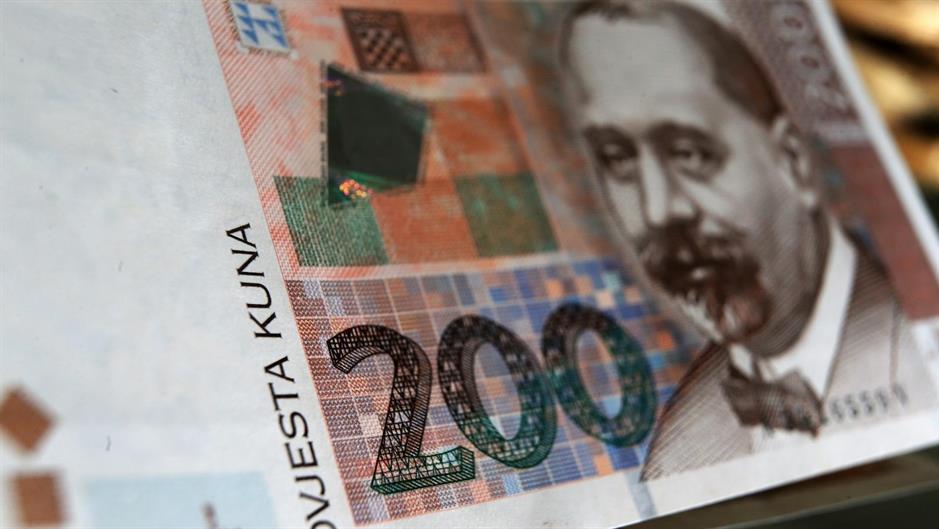
In 2019, the consolidated general government surplus was 1.55 billion kuna (€205 million), or 0.4 percent of GDP, up from 2018 when it was 850 million kuna (€112 million) or 0.2 percent of GDP, the state statistics bureau said in its report released on Wednesday.
At the same time, consolidated general government debt totalled 293 billion kuna (€39 billion) or 73.2 percent of GDP in 2019, from 286 billion (€38 million) or 74.4 percent of GDP in 2018.
This means that 2019 was the third year in a row that Croatia recorded a general government surplus since 2017. Although government debt rose, the debt-to-GDP ratio fell due to the nominal increase in GDP.
In 2019, revenue from taxes on manufacturing and imports totalled 81.3 billion kuna (€10.7 billion), or 6 percent up from the year before. Investments also increased by 27.6 percent from 2018, to reach 17.2 billion kuna (€2.3 billion).
However, last year's government finances were affected by payment of government-backed bank guarantees for collapsed shipyards which totalled 1.78 billion (€235 million).
At the end of 2019, the consolidated general government debt increased by 6.9 billion kuna (€900 million) or 2.4 percent year-on-year.
Last year the government designed its 2020 budget based on an projected GDP growth of 2.5 percent, a consolidated general government surplus of 0.2 percent of GDP, or 629 million kuna (€83 million), and a public-debt-to-GDP ratio of 71.3 percent.
However, with the outbreak of the new coronavirus and unprecedented social distancing measures which practically brought the local economy to a standstill, it will be difficult to achieve those goals, the statistics bureau said in their report.
(€1 = 7.56 kuna)
Kakvo je tvoje mišljenje o ovome?
Pridruži se raspravi ili pročitaj komentare



 Srbija
Srbija
 Bosna i Hercegovina
Bosna i Hercegovina
 Slovenija
Slovenija







